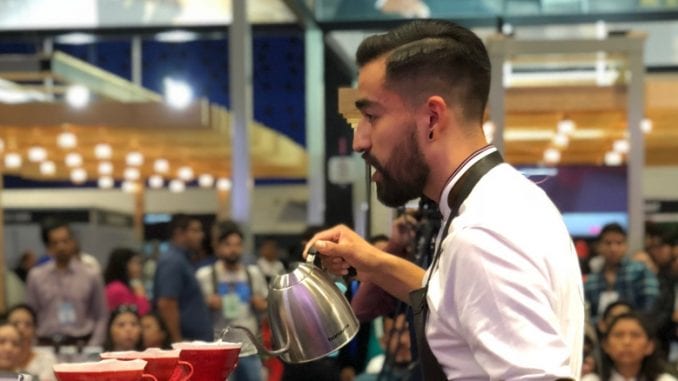
Carlos Maqueda, your 2018 Mexican Brewers Cup champion, talks about first jobs, award-winning coffees, and shares the recipe that won him the title of top brewer in the country.
BY XIMENA RUBIO
SPECIAL TO BARISTA MAGAZINE
Carlos Maqueda started in coffee knowing he wanted to compete. After placing sixth in his first Brewers Cup competition, he came back this year to win first in the Mexican National Brewers Cup Championship. He’ll be representing Mexico in the World Coffee Championships in Boston in 2019. Carlos talks to us about his first coffee job, his winning coffee, and how you can brew like a champion!
Ximena Rubio: How did you start in coffee?
Carlos Maqueda: When I was 17 I didn’t want to keep living with my parents, so I looked for a job. My first job was in a restaurant in which I started showing interest in coffee. After that I wanted to learn more so I looked for a job in a more proper coffee shop called Finca Santa Veracruz. They have many second-wave shops around the city. After that I had a few coffee jobs like this, but I didn’t feel happy. I was craving for knowledge, so I wanted a job in a third-wave coffee shop. I started applying for different coffee shops around the city and Avellaneda was the one that accepted me. This was two years ago, and I’ve honestly learned a lot ever since.
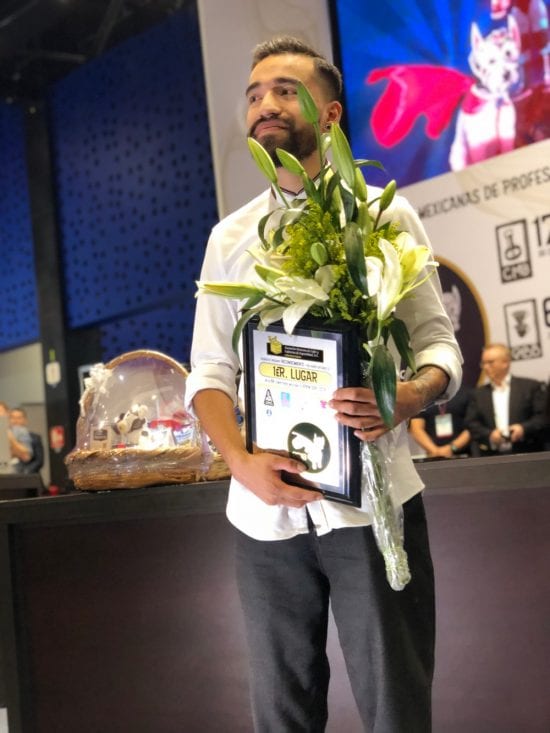
XR: When did you know you wanted to compete?
CM: The first time I saw a competition was three years ago. That’s when I realized there’s a huge community. It was the second time Carlos de la Torre (the owner of Avellaneda) had won the Brewers Cup competition. After that I started looking for a job in a specialty-coffee shop, and reached out Avellaneda. Little after I started working there I told Carlos I wanted to compete. Of course his first reaction was to laugh; I had only worked with specialty coffee for about three months. So, he told me I had to present him a competition routine within a week and if I could finish it, then the whole team would help me. I passed the test and competed for the first time last year and placed sixth!
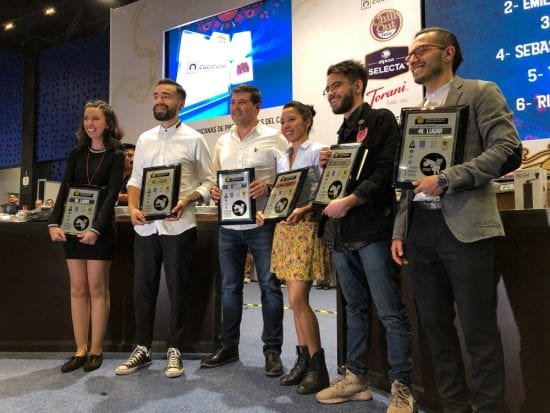
XR: What did you learn from your first competition?
CM: I feel like last year I didn’t quite know what I was doing, I had no strategy at all. This year was all about the coffee, about making it taste fabulous. Last year I forgot a lot of details, like order and cleanness; I think if I’d done that I would have scored higher. Also, the coffee I used was a really weird process and flavor. So, this year I knew I had to prepare myself in a different way. I had to learn how to taste coffee; I had to know what’s right and wrong. I learned that I had to share the information with the judges in an easier way. I feel like at the end you know your coffee so well that it can be hard for some people to understand what you are talking about, so I looked for really precise descriptors that were easy to find.
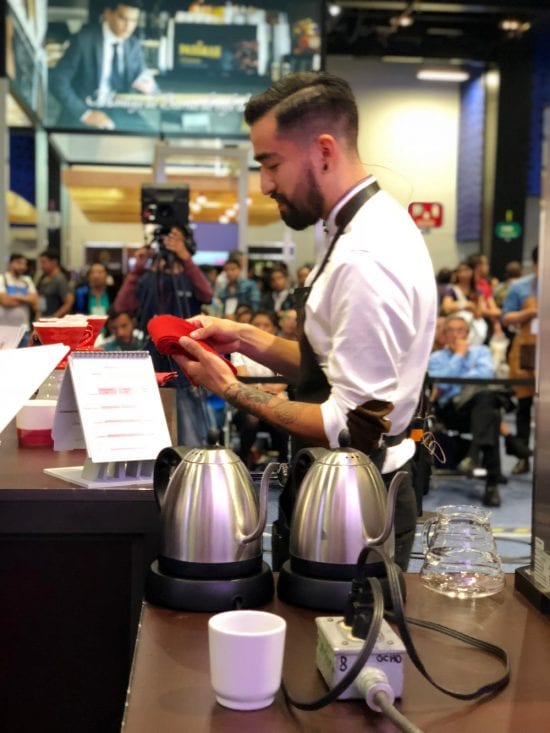
XR: Tell us more about your coffee.
CM: We bought it in an auction in Veracruz, organized by Tesoros del Bosque. It’s from the region of la Concordia in Chiapas, which is a southern region of Mexico. The farm is called Santa Cruz and it’s 1,700 meters above sea level and the variety is a Gesha. It’s a natural process. They cut the ripest cherries and ferment them in the cherry and then in water, after that they dry the cherries on patios.
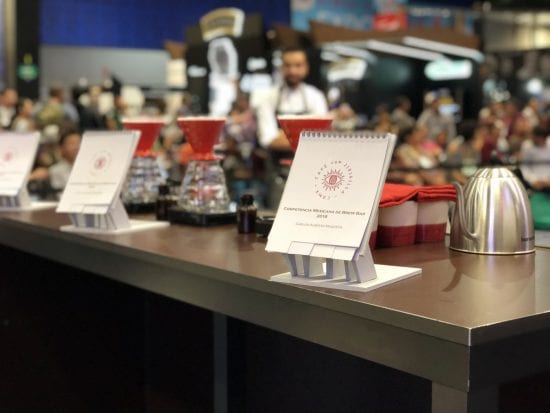
My recipe, which I used in v60s:
Temperature: 84 degrees Celsius
Use 18 grams of coffee with a grind size around 400-900 microns.
1. Pour 30ml twice.
2. Pour 100ml.
3. Pour 35ml four times.
For this I prepare the water in a special way to highlight the flavors:
- Dissolve 1.38g of sodium bicarbonate in one liter of distilled water (this is our buffer).
- Dissolve 10.14g of Epsom salt in another liter of distilled water (this is our magnesium concentrate).
- Add 58g of buffer and 21.2g of magnesium to 920.8g of distilled water.
In the aroma we can find bergamot, lavender, jasmine, and lemon. The flavor reminds us of watermelon, cantaloupe, papaya, chamomile, red apple, mango, peppermint and black tea. The aftertaste is long and elegant, and we can find cinnamon, caramel, macadamia nut, mango, strawberry, and peach. The acidity is medium to high citric and malic, like kiwi, yellow apple, and strawberry. The body is light and soft.
 ABOUT THE AUTHOR
ABOUT THE AUTHOR
Ximena Rubio has been working in coffee for seven years. She believes the coffee industry in Mexico should be a source of inspiration for other producing countries. She thinks Mexico has great potential because of how united its baristas, roasters, and farmers are—she’s here to tell their stories.

